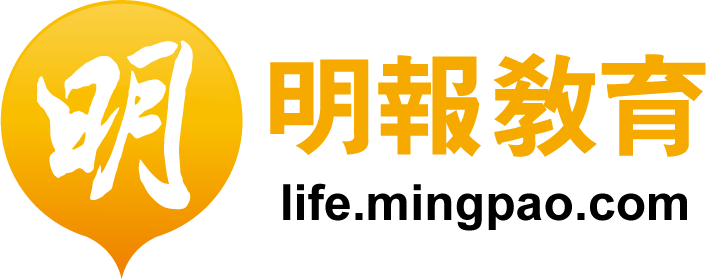This week, and next week, I will explore Hong Kong's favourite subject, money! Specifically I will examine the more common English symbols used with money: $, ¢, £ and @. The first two are this week and the second two are next week. Some people will immediately think that that last symbol is for computers and not money. There is more to it than that; read next week's article.
The dollar was originally a German coin called the thaler. English colonists in America used the word dollar for the Spanish coin called pieces-of-eight. The Spanish coin was often broken into eight pieces to make smaller valued coins. That is why in English a quarter or a 25 cent coin is called 2 bits. The rebel US government chose the name dollar for its money because the word was widely known, but not British.
The dollar sign ($) is from the image on those old Spanish pieces-of-eight. The image showed the Pillars of Hercules, with a scroll (rolled paper) across them. The Pillars of Hercules are two rocky cliffs on either side of the Straits of Gibraltar between the Mediterranean Sea and the Atlantic Ocean. This symbol is on the Spanish coats of arms. Look at the modern Spanish flag. Beside the shield are two pillars representing those cliffs and the scroll is wrapped around them.
The $ ($) symbol is written with either one line or two through the S. The old Spanish coins included both columns. Using only one column is a simplification of the original. There are other theories about the origin of the $ symbol, but they tend to suffer from a lack of any historical documentation.
Remember to use the symbol before the number when it is written. But say the number and then the word dollar when speaking
"HK $20" is read as "20 Hong Kong dollars"
Beginning a sentence with a symbol, while not strictly an error, is poor style. Instead of:
$20 was collected from each participant.
Write:
Twenty dollars was collected from each participant.
The one cent symbol for a penny is uncommon in Hong Kong English. The cent symbol is short for one hundred in Latin, centum. Hundreds of years ago the English word cent used to mean 100 or 1/100 of something. It was later chosen as the name for the coin that was 100th of an American dollar and the original more general meaning was lost.
A cent is also called a penny, which is the equivalent UK coin. The UK uses pence, often abbreviated as p. Long ago the UK coin was made of silver, later copper was substituted and then bronze. Two plurals are used; often the word pennies is used for individual coins and the word pence when talking about the units of currency.
A common error with cents is to confuse the use of a decimal point.
.50¢ is half a penny, not fifty pennies.
Unlike with the dollar, when writing and speaking the symbol for cents, and the word cents, is after the number.
"I have 50 cents."
Price: 50 ¢
Money seems to be eternal, central and all important. It is important to remember that these words and symbols are accidental evolutions from different unrelated sources. Much of English is similar.
Related Article: Money Symbols (2 of 2)
by John Larrysson
A native English speaker who has been teaching practical English in Hong Kong for more than a decade.






